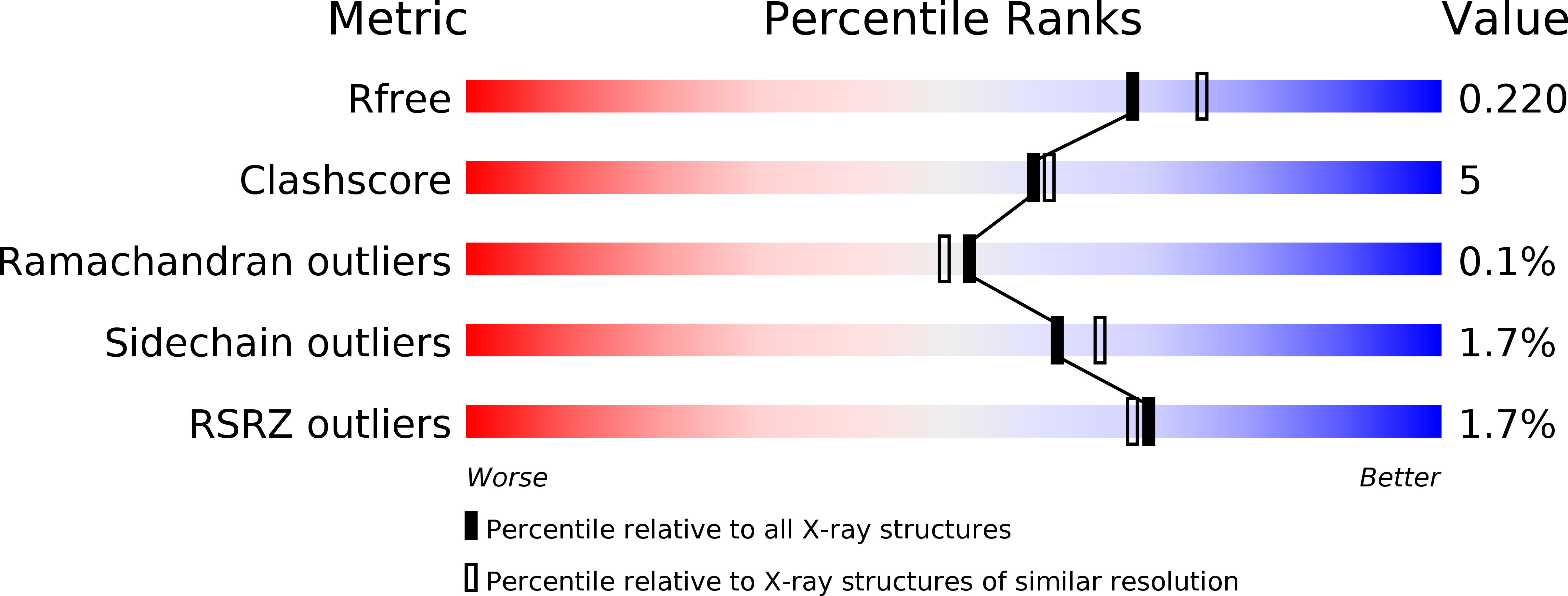
Deposition Date
2019-07-15
Release Date
2020-02-19
Last Version Date
2024-05-15
Entry Detail
PDB ID:
6S9M
Keywords:
Title:
Designed Armadillo Repeat protein Lock2 fused to target peptide KRKRKAKITW
Biological Source:
Source Organism:
synthetic construct (Taxon ID: 32630)
Host Organism:
Method Details:
Experimental Method:
Resolution:
2.00 Å
R-Value Free:
0.21
R-Value Work:
0.17
R-Value Observed:
0.17
Space Group:
P 1 21 1


